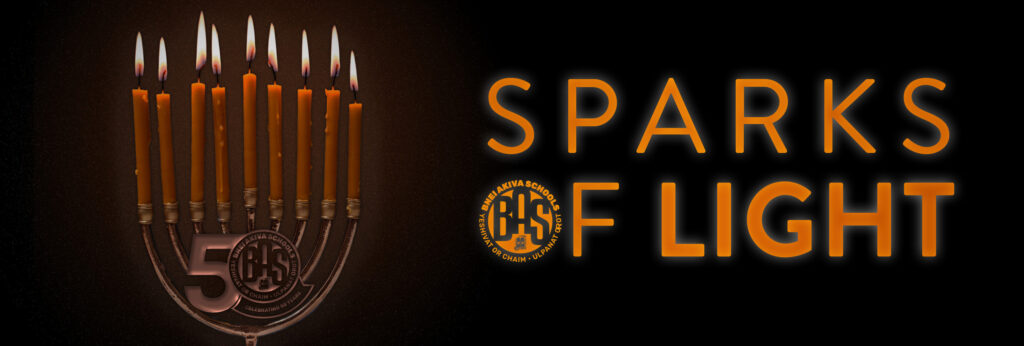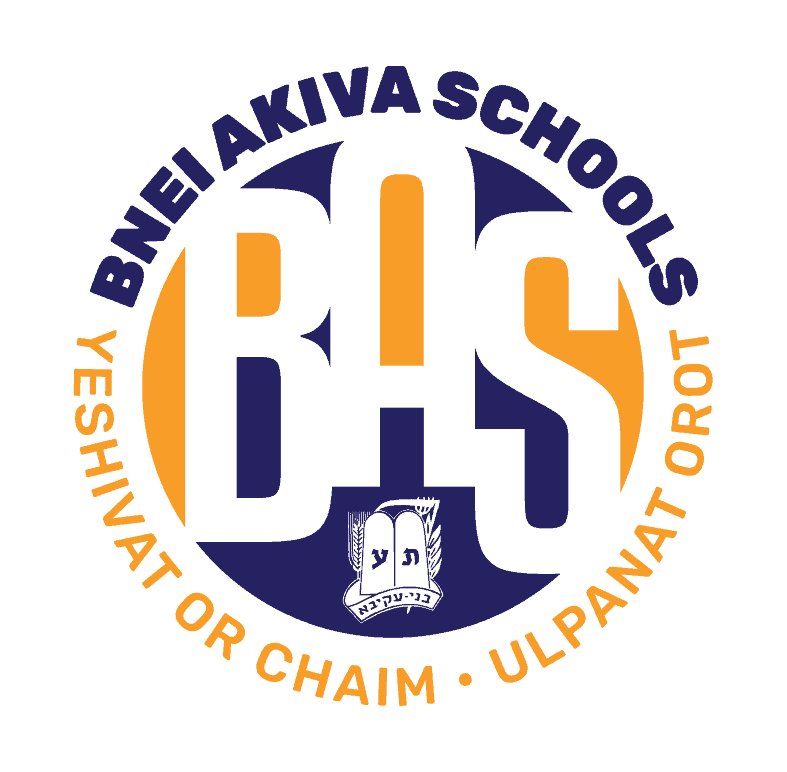

Ms. Miriam Bessin
Dean of Students
I heard the following idea from Rav Johnny Solomon, who notes that we take pride in the mitzvot we perform so we often raise mitzvah objects for others to see. For example: we raise the lulav and etrog when waving them on Sukkot and we lift the Sefer Torah high in Shul when doing hagbah so everyone can see the sacred words.
Interestingly, this is contrasted by the way we light our Chanukah candles. According to the Gemara (Shabbat 21b) and the Shulchan Aruch, the Chanukiah should be lit within 10 tefachim (about 40 inches, according to the Chazon Ish, but opinions vary) off the ground and it should not be lit higher than 20 amot (approximately 32 feet) off the ground. Rav Solomon says the Chanukah candles represent holiness and spirituality, and by keeping our Chanukiot at a regular height–not too low and not too high–it serves as a reminder that mitzvot and holiness can reach anyone at any level. In doing so, the candles act as both a public remembrance of the miracle of the oil, and as a call to connect to the greater miracle that is Am Yisrael, regardless of a person’s upbringing or religious observance. We are not raising up; rather, we are pulling in.
This Chanukah, may the candles we light, the holiness and spirituality we bring into our lives, inspire us to strengthen our connection to God and to the Jewish people. Chanukah sameach.

Binyamin Zahavi
Student, Grade 9 Yeshivat Or Chaim
In the song “Maoz Tzur” which is generally sung after the lighting of the menorah, we find the following verse:
Greeks gathered against me then in Hasmonean days.
They breached the walls of my towers and they defiled all the oils.
Where do we find a breaching of a wall that is of significance?
Rav Gedalia Schorr explains that we see in a Mishna (Midos 2:3) that in the Beit Hamikdash, there was a wall around the courtyard called the Soreg. The Mishna writes that the Greeks breached the Soreg in 13 places. In his explanation of the Mishna, Rav YomTov Heller explains the function of the Soreg and why the Greeks would target it. The Soreg was a boundary. Although the non-Jews were allowed to come to the Temple to pray to G-d and to bring sacrifices, they could not continue past the Soreg, as only the Jews were allowed to go further. The Greeks were not against the existence of the Beit Hamikdash–but they were against any distinction made between them or any other nation and the Jewish people. Therefore, they breached the barrier designated specifically for that purpose: to separate the Jews and the nations of the world. They tried to put everyone on equal ground, if not that then lower than them–but they failed.
There are still nations who want to destroy us. Back then, the Greeks breached the Soreg, and now, Hamas breached the Israeli border on October 7. But just like Chashmonaim, who defeated the Greeks and restored the Beit Hamikdash, so too will we defeat Hamas or any other enemy that rises up against us. May we merit to see security restored to Israel and rebuilding the Beit Hamikdash with the coming of Mashiach in our times. Happy Chanukah!

